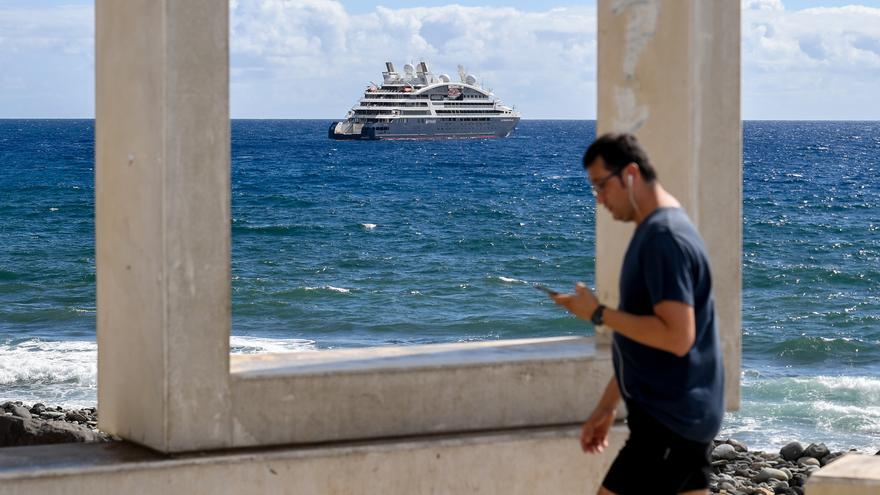The Stark Wealth Divide in the Canary Islands
The Canary Islands, a sun-soaked paradise for tourists, hide a stark economic reality: extreme wealth inequality. The archipelago’s richest 1%—just 8,551 households—hold a staggering €60 billion in combined wealth, averaging €7 million per family. Meanwhile, the remaining 99% of households scrape by with an average net worth of just €193,000. This gap makes the Canaries one of Spain’s most unequal regions, compounded by the fact that it’s also among the poorest.
Behind the Averages: A Distorted Picture
On paper, the average household wealth in the Canaries stands at €261,400—but this figure is misleading. It includes real estate (primary and secondary homes), savings, salaries, pensions, and business assets, masking the true disparity. Compared to Spain’s national average of €380,000, the islands lag far behind. Wealthier regions like Madrid boast averages over €687,000, highlighting the Canaries’ economic struggles.
The 1% vs. the 99%
With 855,110 households in the archipelago, the top 1% controls 27% of the total wealth—€223.5 billion. If divided equally, each of these wealthy families would still retain over €7 million. The remaining 99% share the crumbs: €161 billion split among 846,559 households, leaving each with just €193,000 on average. Shockingly, the richest 1% holds more wealth than the poorest 50% combined, who own a mere 4.2% of the archipelago’s assets.
Tourism’s Double-Edged Sword
The Canary Islands’ economic boom, driven by record-breaking tourism, hasn’t translated into equitable wealth distribution. Like the Balearic Islands—Spain’s second-most unequal region—the Canaries’ reliance on tourism may exacerbate the gap. The sector creates jobs, but wages are low compared to industries like manufacturing. Efforts to attract higher-spending tourists aim to boost revenue, yet the benefits rarely trickle down.
Policy Failures and the GINI Index
The Canaries’ wealth inequality is quantified by a GINI index of 75.2—the highest in Spain. While slightly above the national average (71.3), it’s worlds apart from regions like Castilla-La Mancha (62.4). President Fernando Clavijo has pledged to address this, but progress is slow. Proposed solutions, like tourist taxes or wage hikes for hospitality workers, have seen limited success. Without systemic change, the islands’ economic divide will persist, casting a shadow over their sunny reputation.

